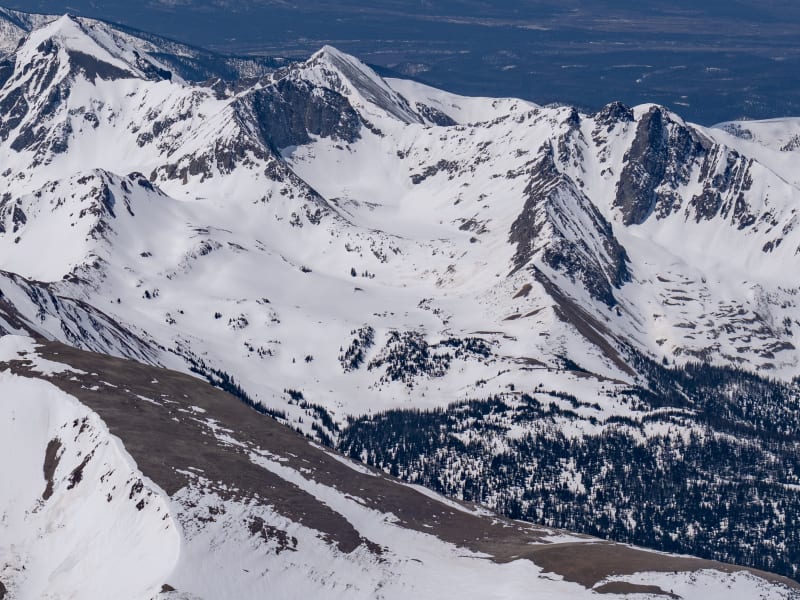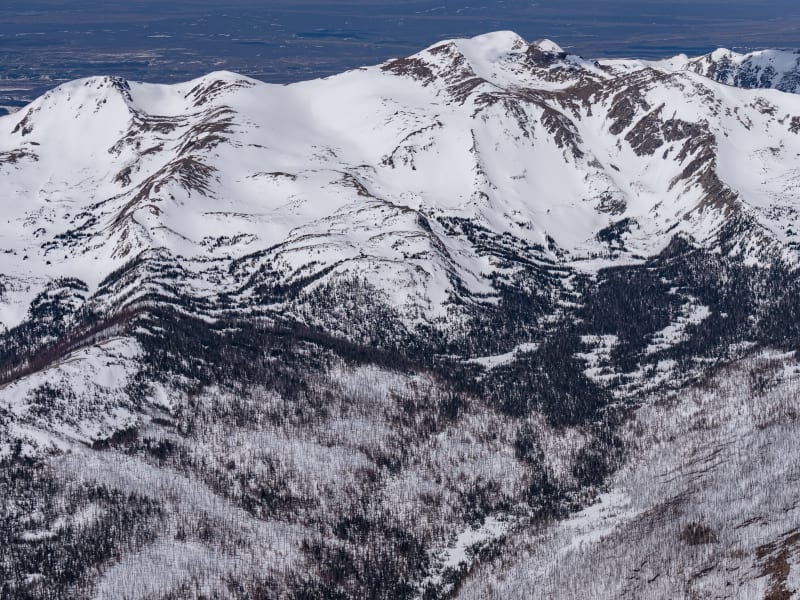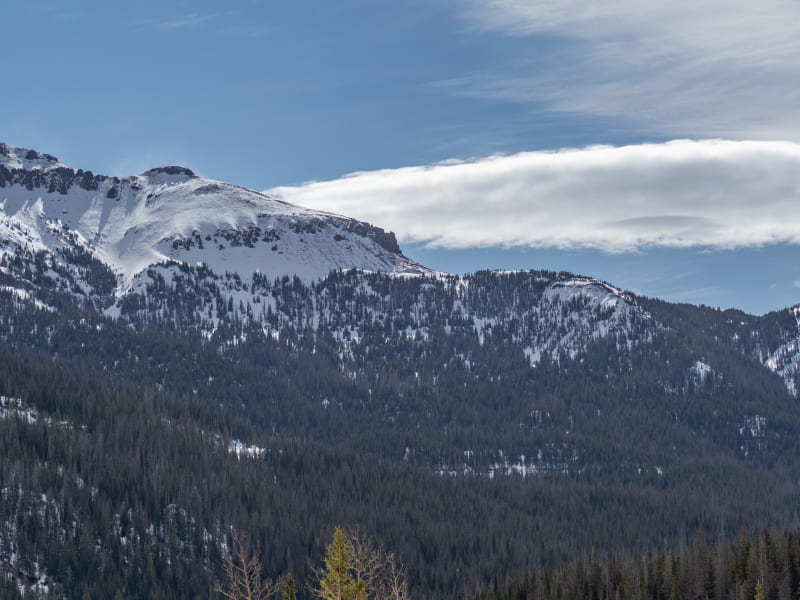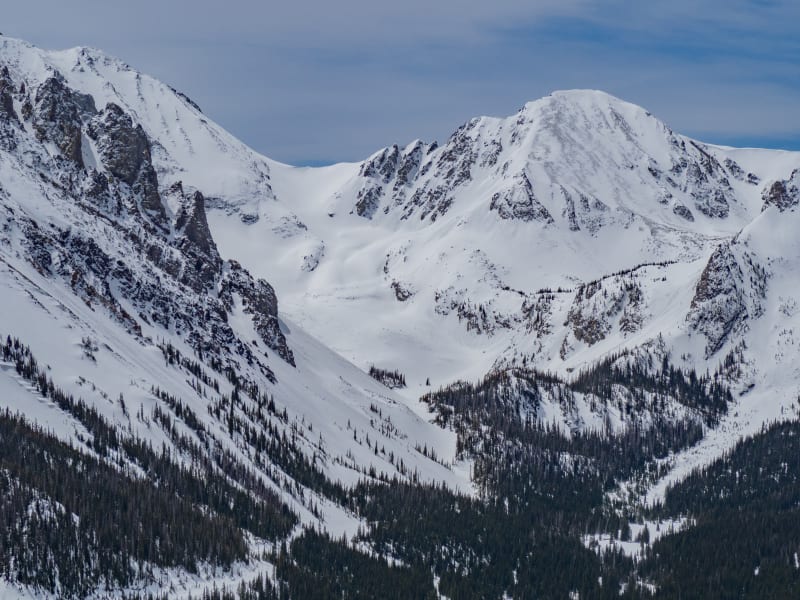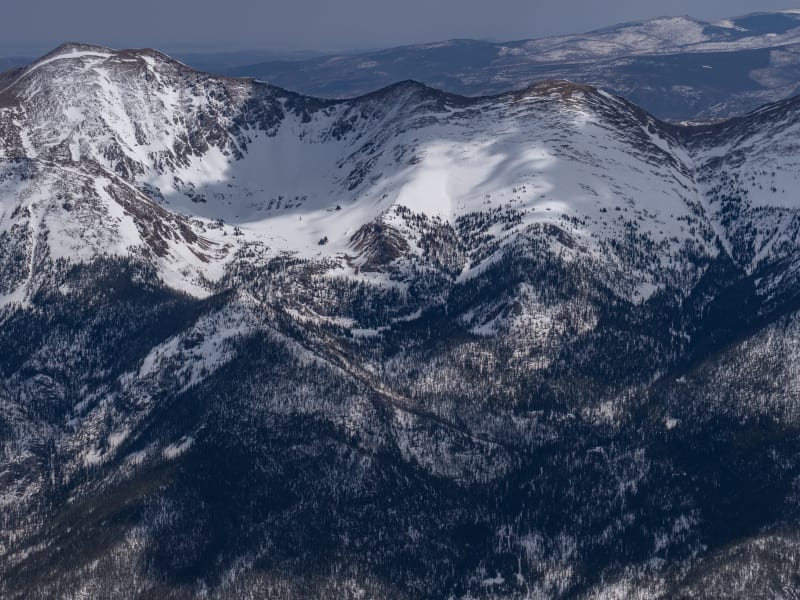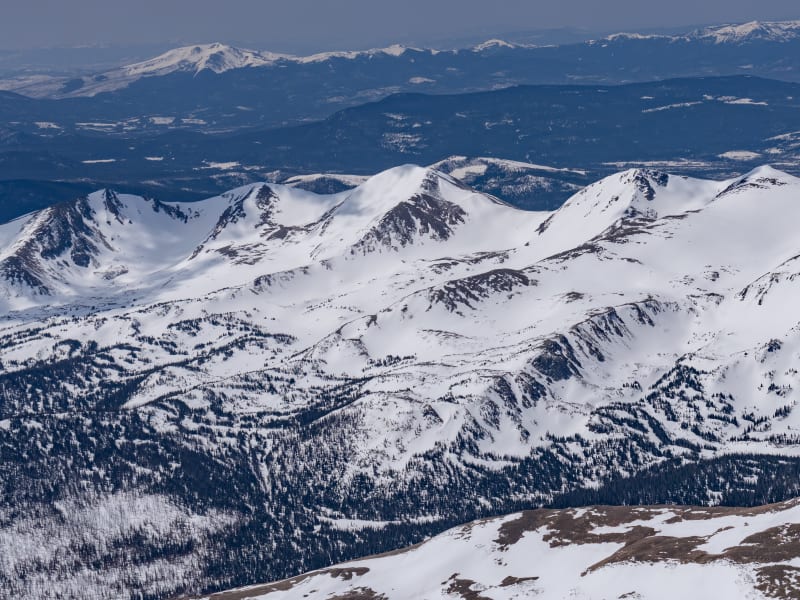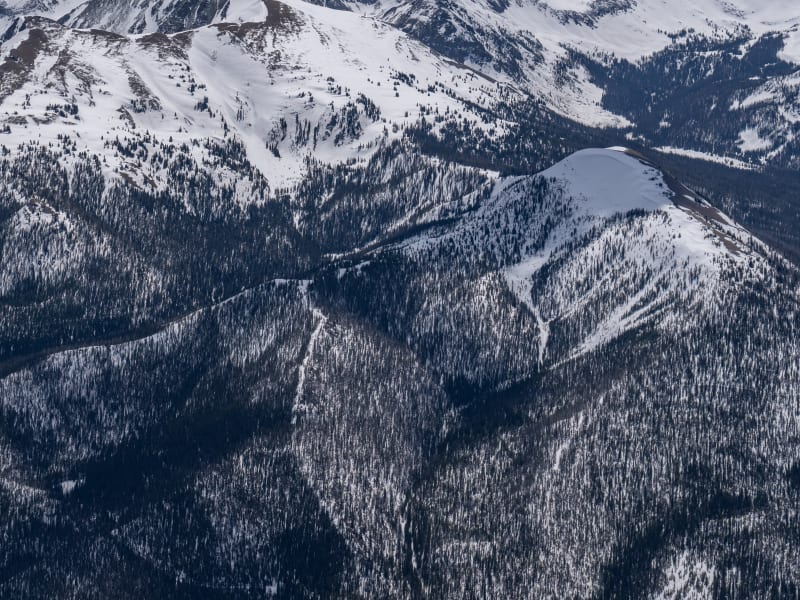Cameron Pass
Beacon Guidebooks has partnered with onX Backcountry. Find guidebook quality content for backcountry adventures in Cameron Pass. Cameron Pass has 21 zones to explore and 120 routes.
Total Zones
21
Publisher
Beacon Guidebooks
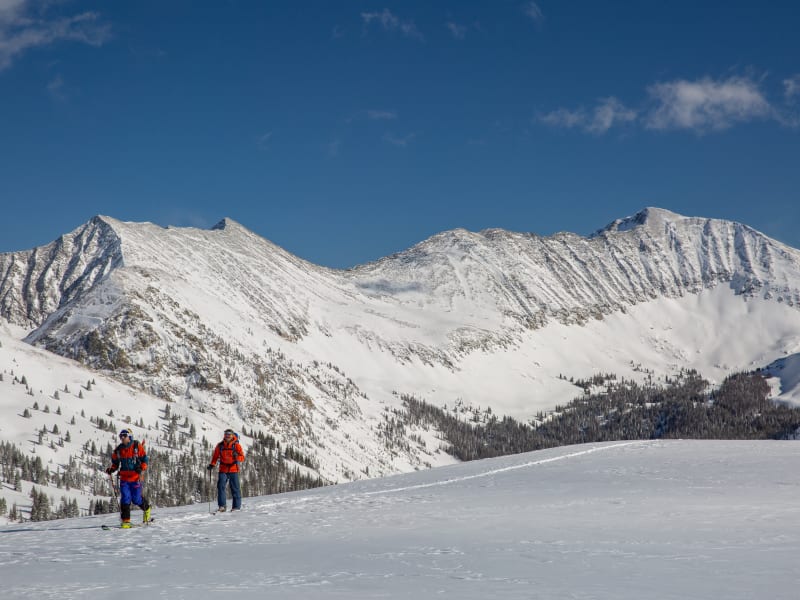
Cameron Pass Overview
Cameron Pass provides a unique Colorado backcountry skiing experience. Remote and undeveloped, “Cam Pass” also receives a generous amount of snow each winter; good skiing often extends into May. Colorado State Hwy.14, a well-maintained all-weather road over the pass, provides access from east and west. Although Cameron Pass does not cross the Continental Divide, it is the only year-round highway north of Berthoud Pass accessing the western slope. Just 65 miles from Fort Collins and 90 miles from Steamboat Springs, Cameron Pass is a straightforward day trip from many areas in Colorado. During the winter, facilities such as lodging, gas stations, and restaurants are scarce. Cell service on Cameron Pass is spotty to non-existent: only on higher ridges with good line of sight is cell service possible. The Moose Visitor Center, located 9 miles west of Cameron Pass, remains open year-round, providing restrooms and visitor services. At the time of publication, no wifi or cell service exists at this location. Administratively, the area is managed by Arapaho & Roosevelt National Forest east of Cameron Pass and by Colorado Parks and Wildlife (CPW) on the west side of the pass. Parking and access on the west side of the pass require a CPW Parks Permit. Currently, the National Forest does not require a daily use fee for the eastern side.The author and publisher acknowledge that the land described in this atlas is the ancestral home of the Hinono’eiteen (Arapaho) and Núutsi-u (Ute) peoples, who lived on these lands for thousands of years before the arrival of Europeans.
Zones Covered
- Tesla
- Low Voltage
- Lulu's Lemons
- Approach to American Lakes
- Edison
- American Lakes South Exit
- Braddock Face
- Agnes Glades
- Approach Braddock Peak NE
- Z Couloir
- Braddock Peak East Exit
- Wolf
- Fox
- Approach Braddock Peak NE
- Coyote
- Braddock West Exit
- Sacred Trees
- Cook City
- Approach to Clark East
- Alternative Approach Sacred Trees
- Clark Peak Exit
- The Finger
- Never Summer Drop
- Taliban Trees
- Enchanted Forest Approach
- Enchanted Forest Exit
- Hot Dog East
- Hot Dog West
- Hot Dog Approach
- Hamburger Trees
- Optional Hot Dog Approach
- Big Mac
- Hot Dog Bowls Exit
- Lucy's Draw
- Approach to Iron Mountain West
- Iron Mountain Glades
- Iron Mountain West Exit
- Big Elk
- Top Down
- Magic Line
- Alternate Approach Kelly Ridge
- Direct Approach
- Kelly Ridge Exit
- Lake Agnes Exit
- X Couloirs
- Y Couloirs
- Fourth of July Bowl
- Approach Lake Agnes Bowl
- Cookie Cutter Chutes
- Montgomery Bowl Right
- Mr. Big
- Montgomery Bowl Approach
- East Face of Point
- Explorer's Glades
- Montgomery Bowl Left
- Montgomery Pass - Bowls Exit
- Scar Face
- Drop Zone
- Radio Tower
- Maxwell House Trees
- Montgomery North Approach
- Jules
- Montgomery Pass - North Exit
- Shanty Run
- Approach to Paradise Bowl Crags East
- The Longest Run
- Nokhu Crags North Exit
- North Diamond Approach
- North Diamond Trees
- Whiskey River
- The Weasel
- North Diamond Peak Exit
- Short Boi
- Grand Central Couloir
- Breakfast Couloir
- Nokhouloir
- Approach to Paradise Bowl Crags East
- Three Sisters
- Nokhu Glades
- Paradise Bowl Exit
- Little Japan
- Ghost Trees
- Jewel Lake Glades
- Approach to Ruby Jewel - Margy's Knoll
- Lynx Couloirs
- Margy's Knoll
- Ruby Jewel Cirque Exit
- Approach Sawmill Sectors
- Wild Blue
- Dave's Way
- The Bird
- Sawmill Creek Exit
- Northeast Glades
- Headwall Glades
- Central Gully
- Mahler Glades
- Approach Seven Utes West
- Seven Utes Chutes
- Seven Utes- East Exit
- Arrow Chutes
- Northwest Ridge
- North Face
- Seven Utes West Approach
- Seven Utes - West Exit
- Snow White
- Approach to American Lakes
- Seven Dwarfs Area
- Snow Lake Ridge Exit
- Main Face
- Alternate Approach South Diamond
- Ptarmigan Face
- The Wave
- Taster's Choice
- Approach to South Diamond Peak
- The Gash
- Pabst
- Exit Line from South Diamond
- Ally
- Pinnacle Face
- Zipper Trees
- Approach to Zimmerman Lake
- Zimmerman Lake Exit
